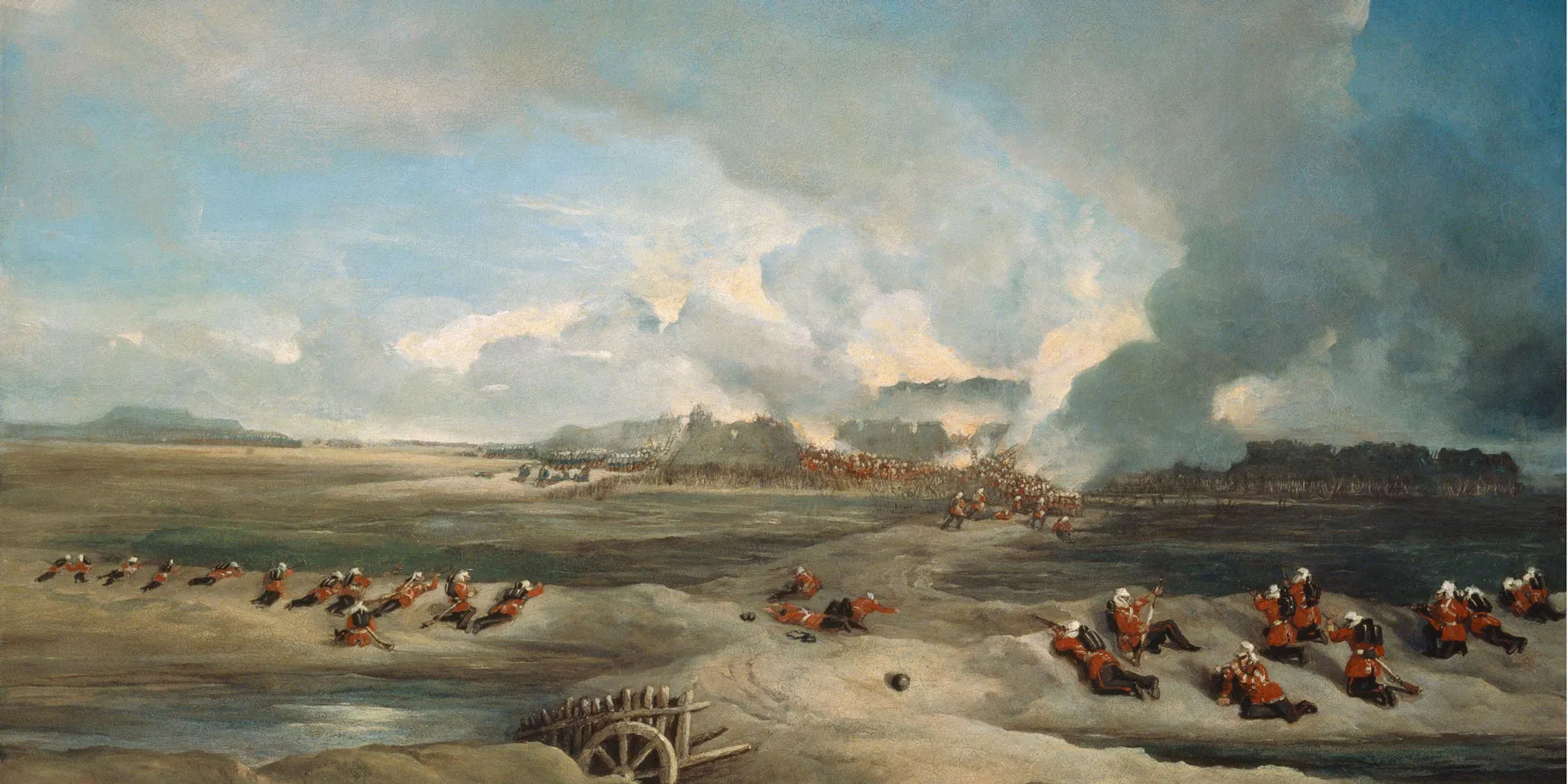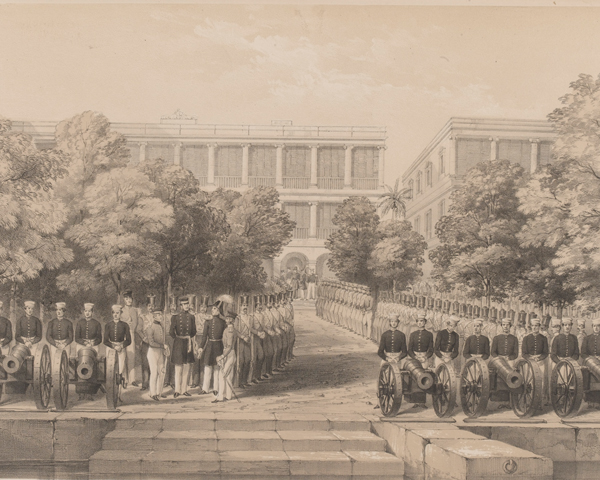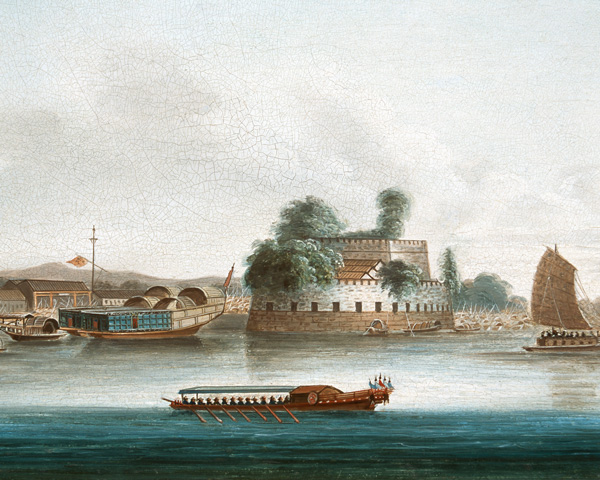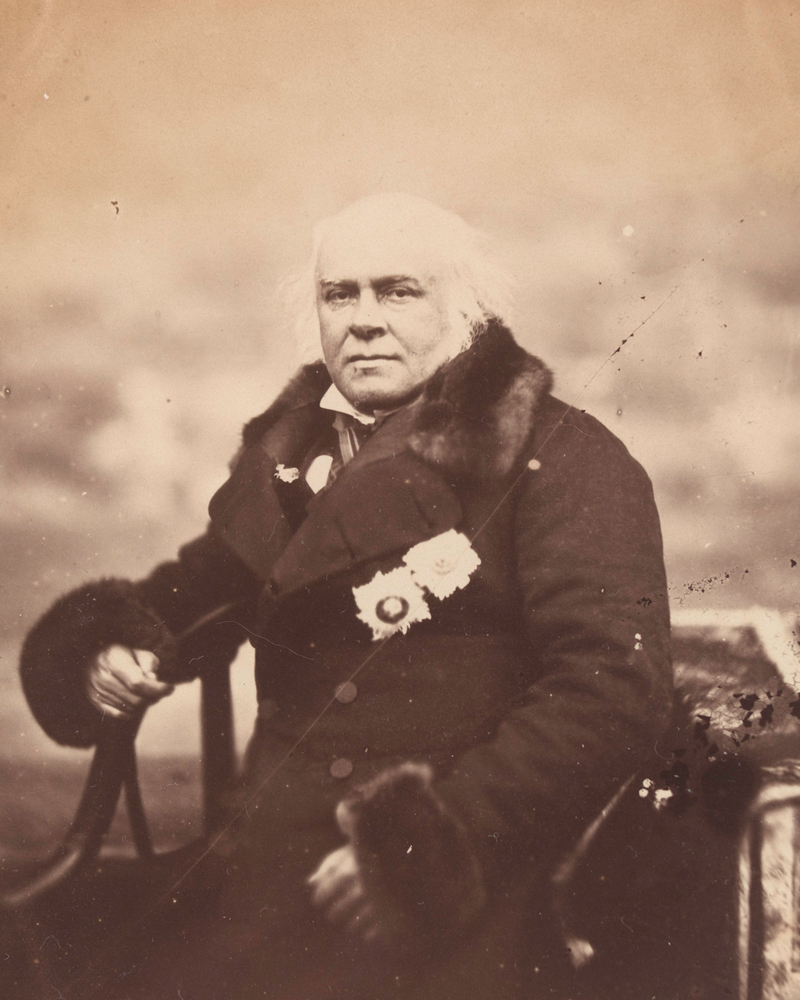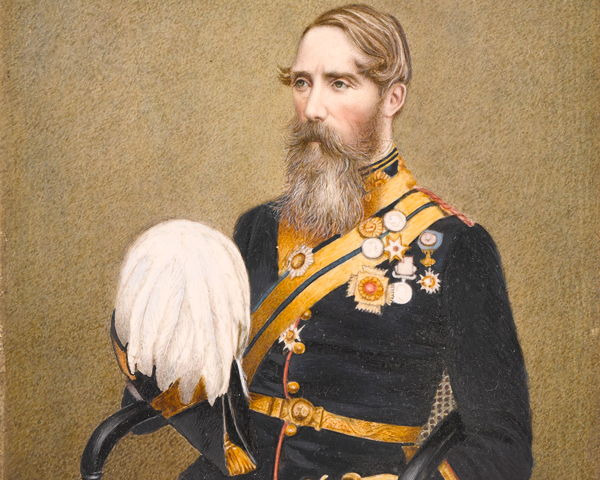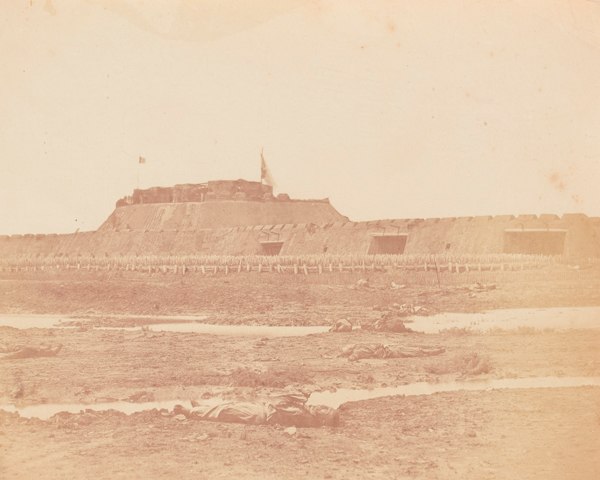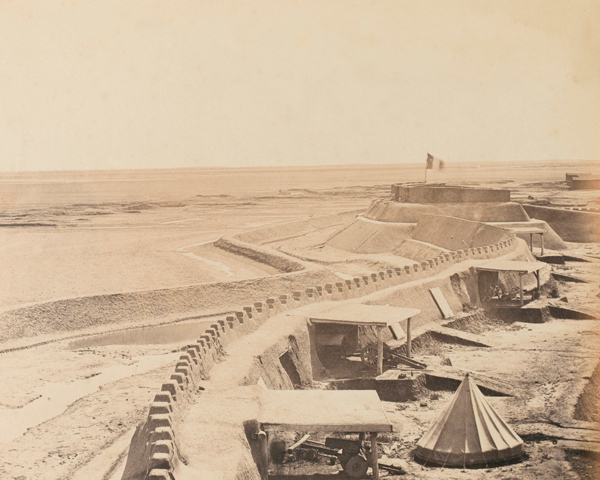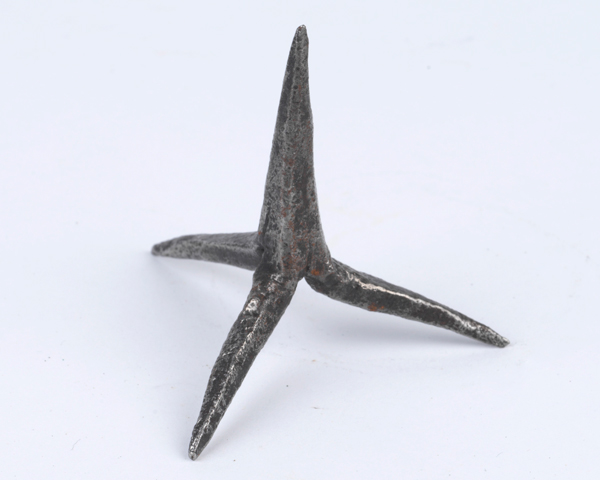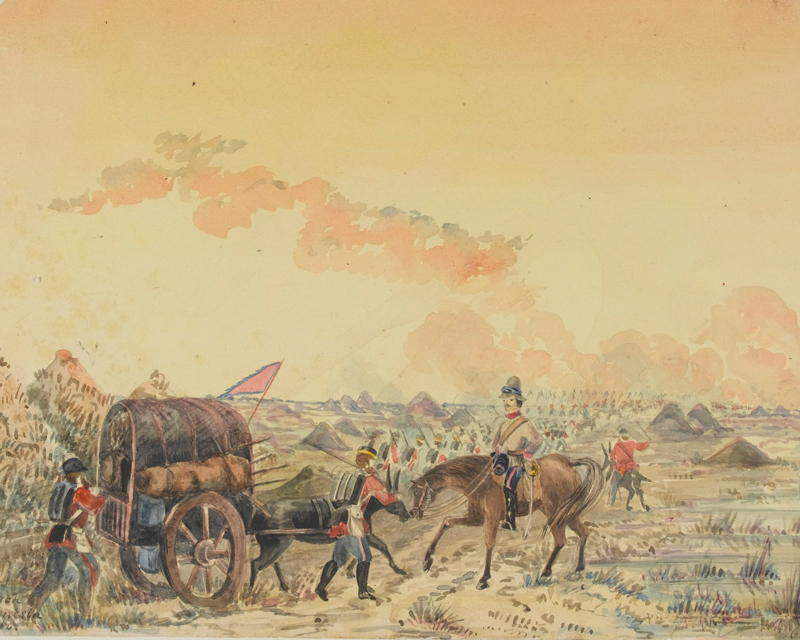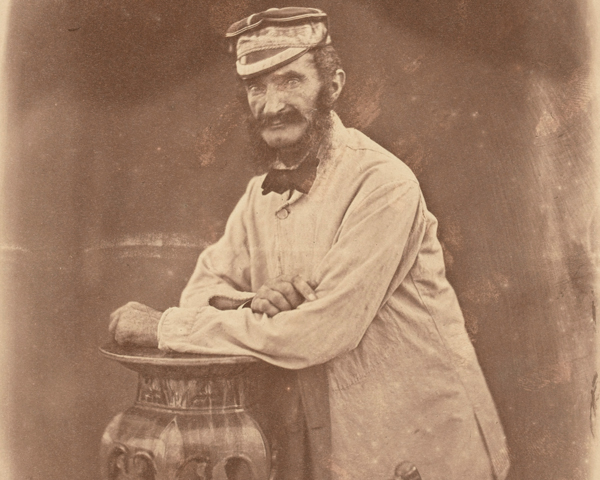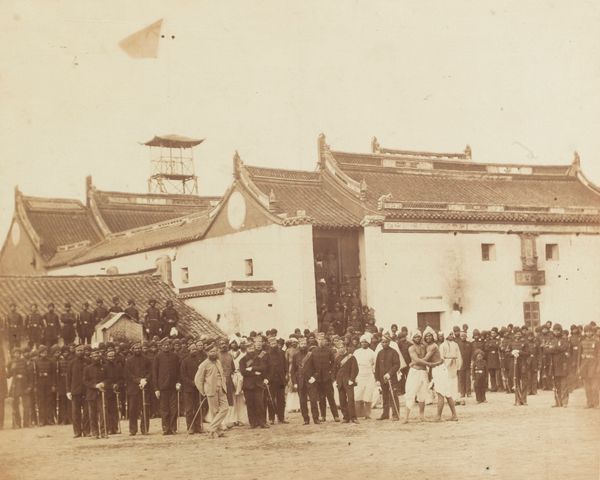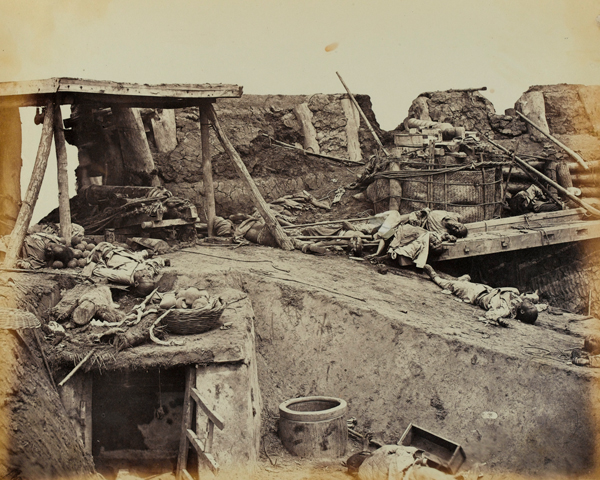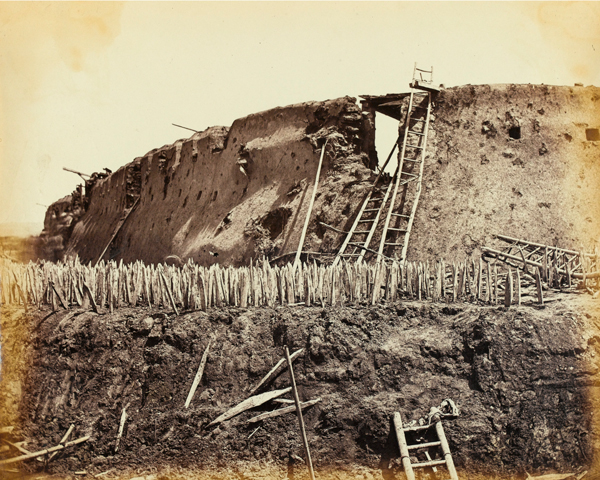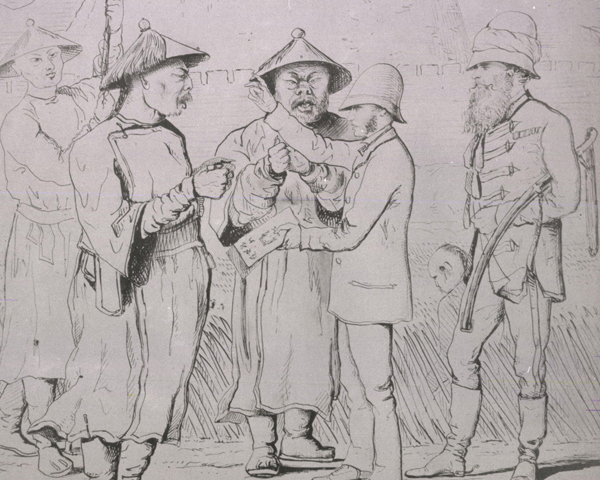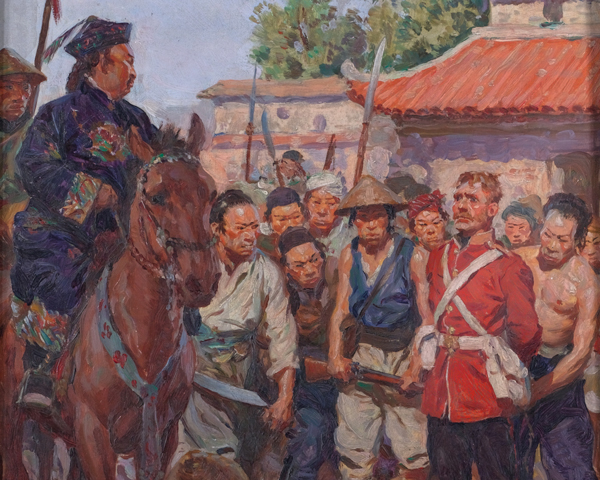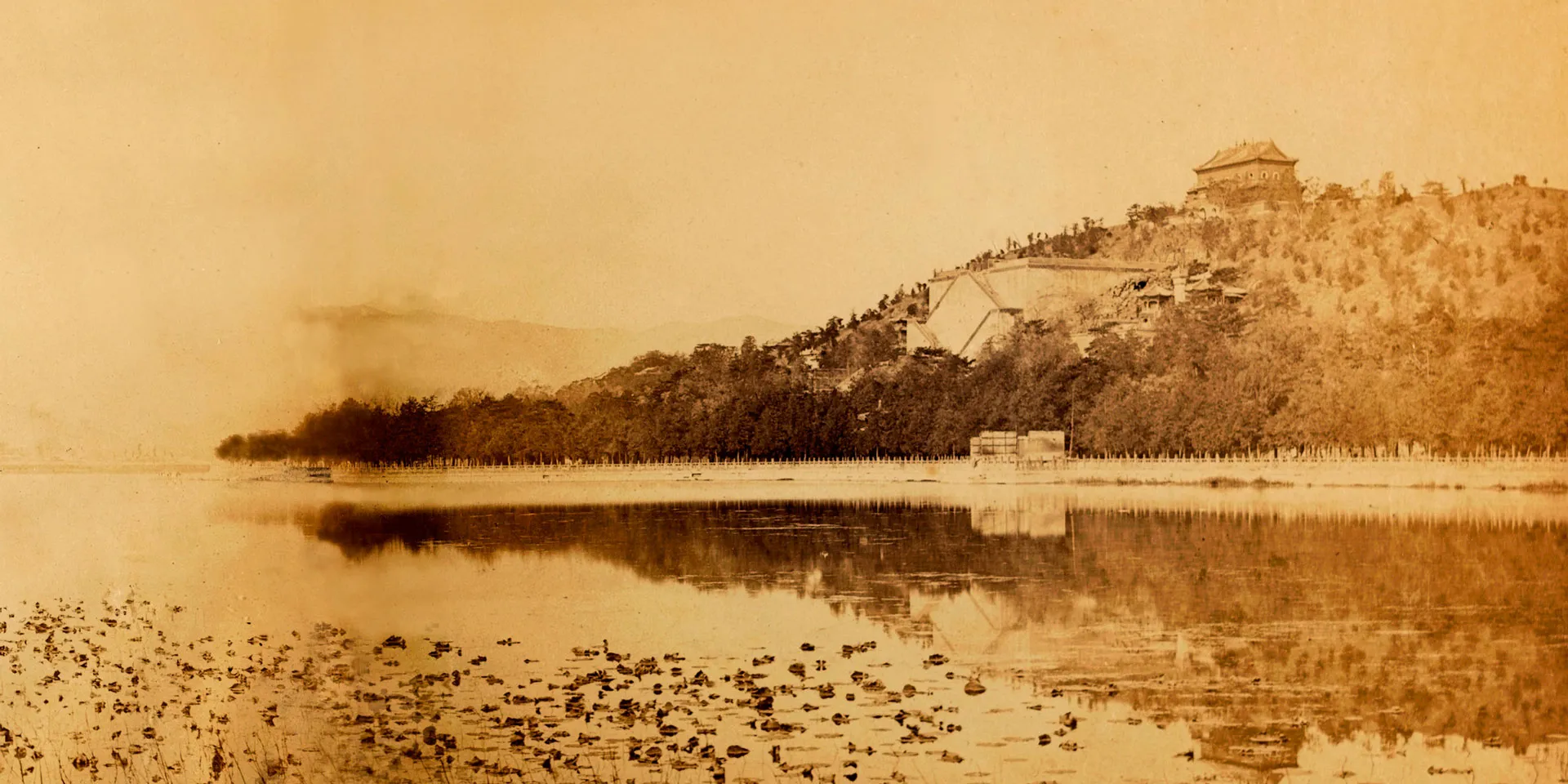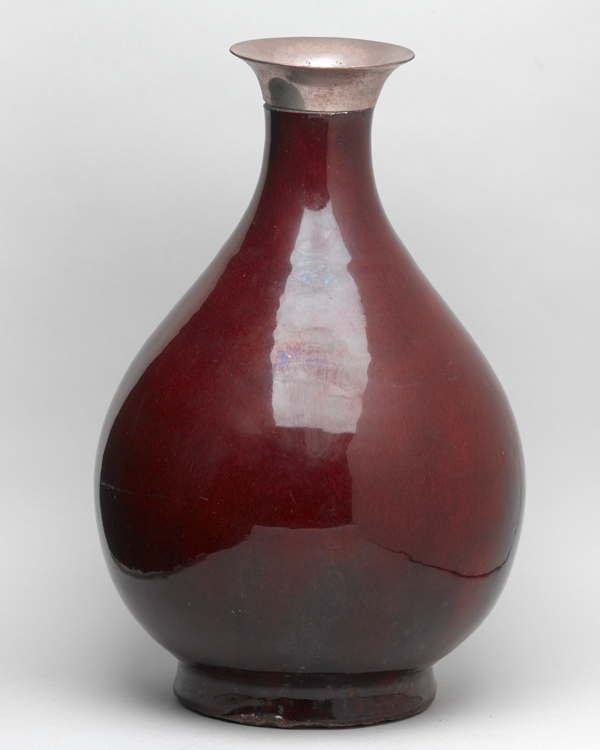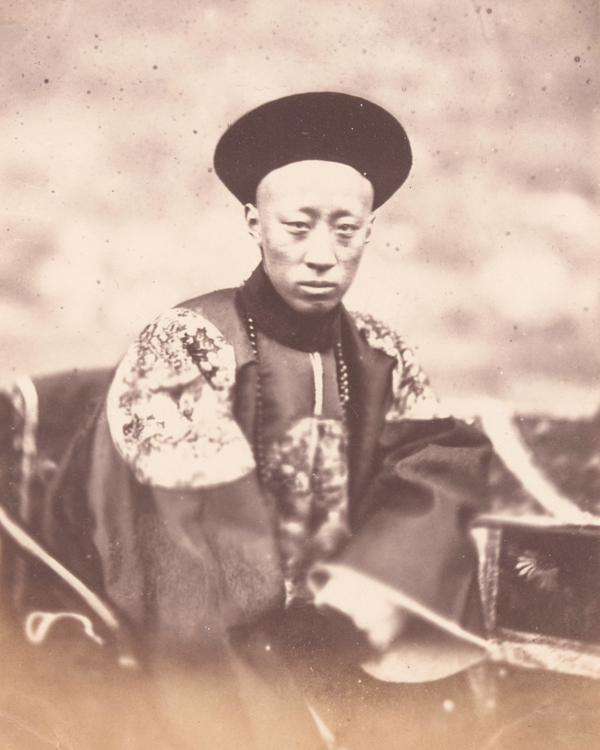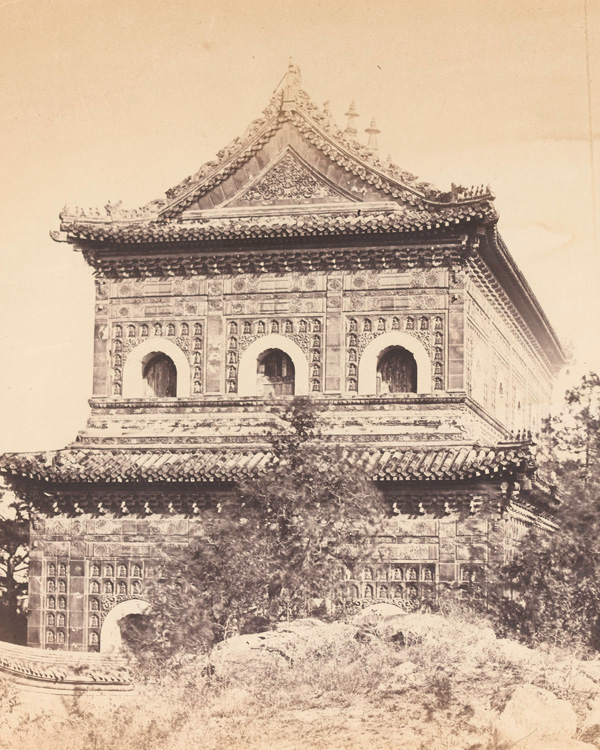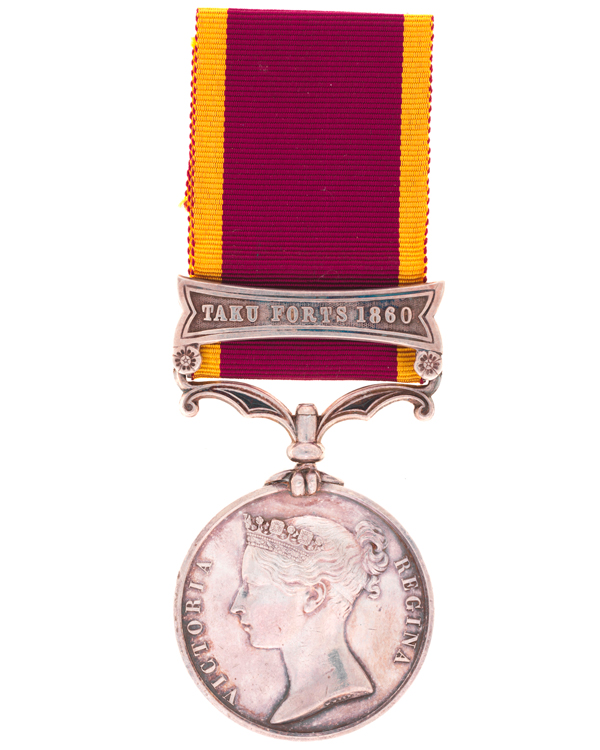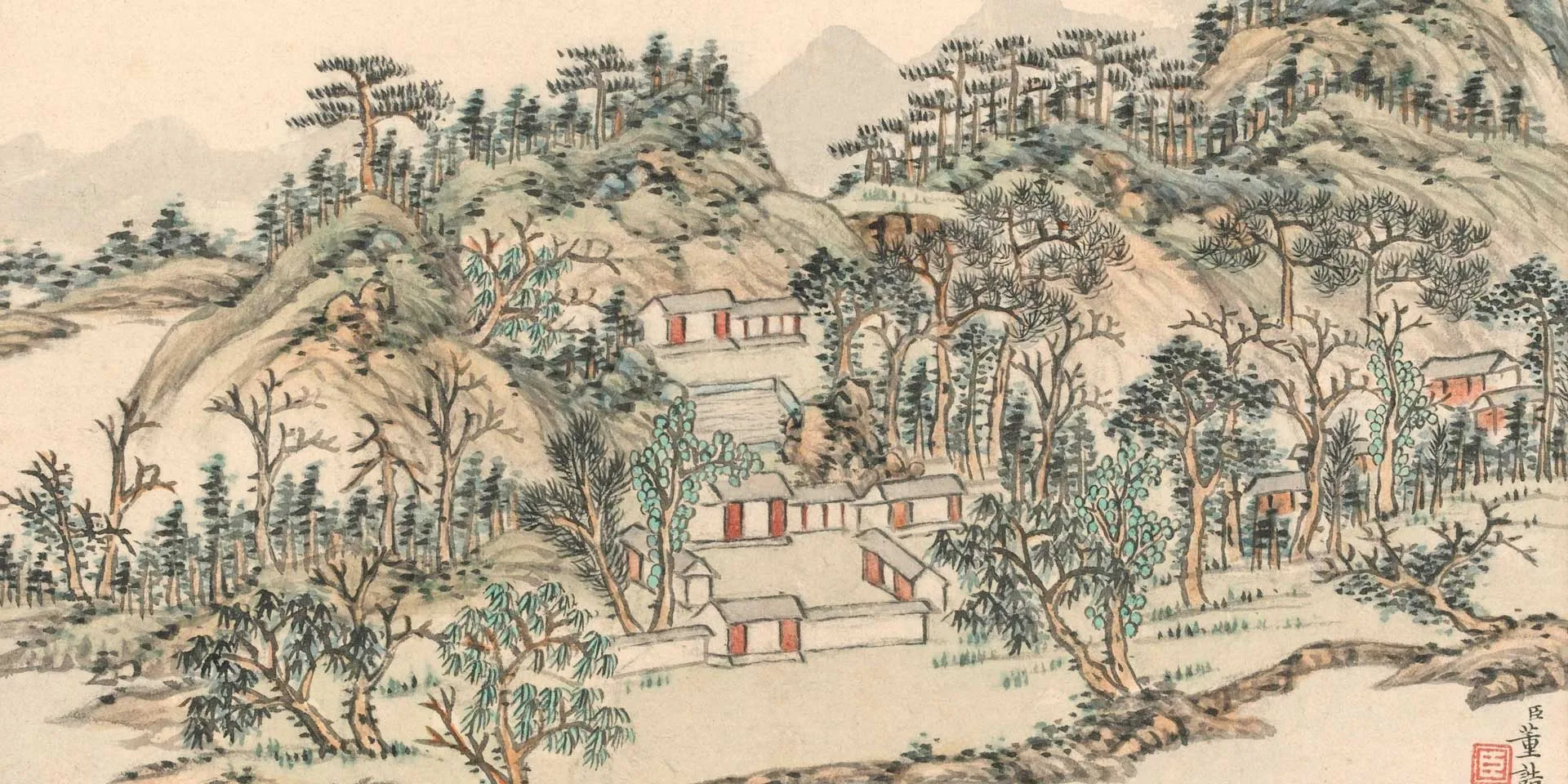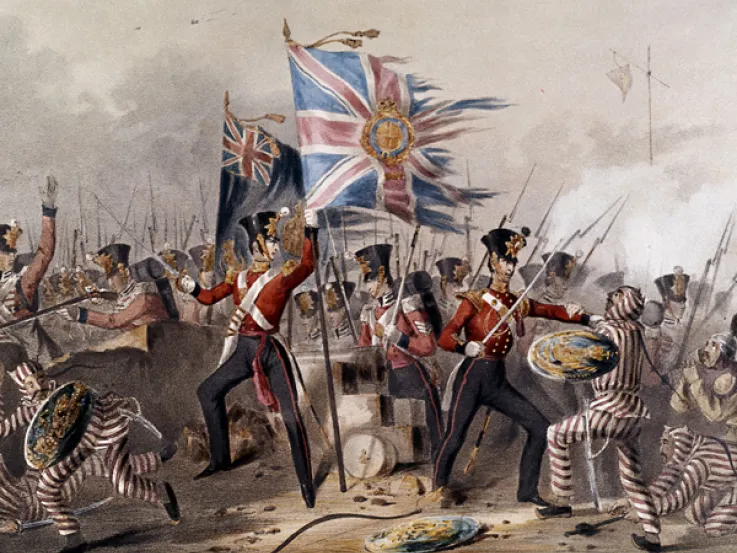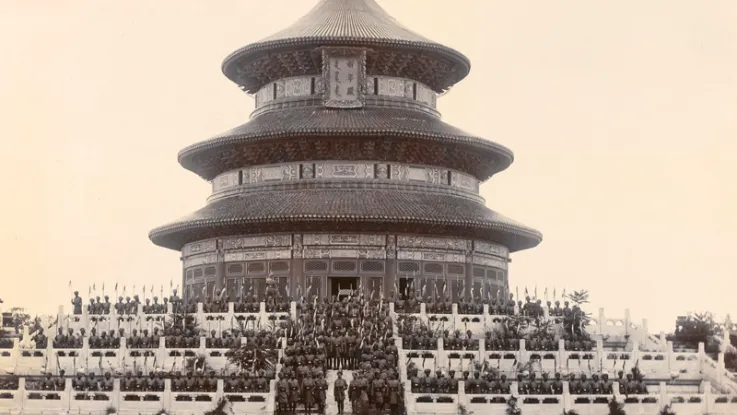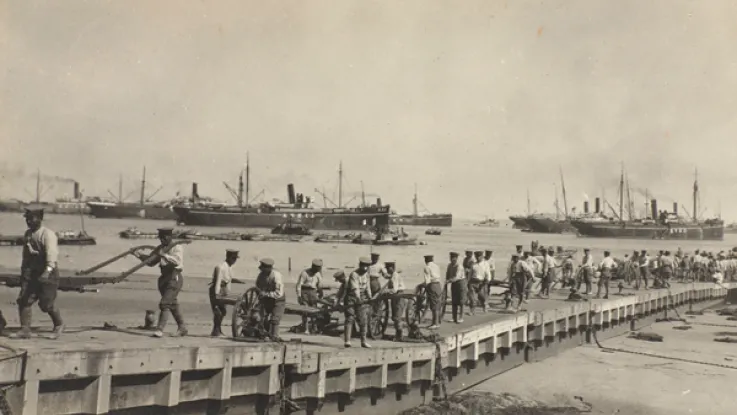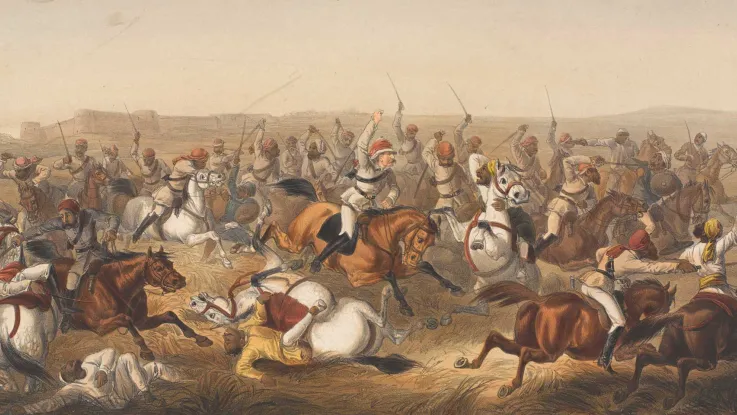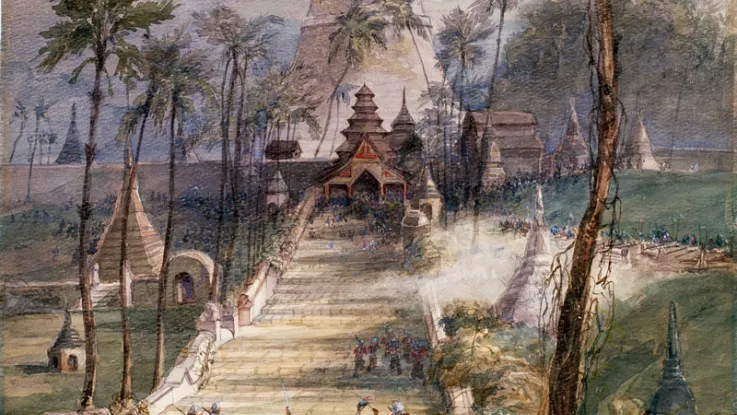Background
At the end of the First China War (1839-42), the Treaty of Nanking compelled the defeated Chinese to relax their control on foreign trade, including the trade in opium. By this time, China had millions of opium addicts, many of whom preferred the Bengali opium imported by the British to the home-grown Chinese product.
The Chinese also agreed to cede Hong Kong to Britain, and the treaty ports of Canton (Guangzhou), Amoy (Xiamen), Foochow (Fuzhou), Shanghai and Ningpo (Ningbo) were subsequently opened to all traders.
The ease with which the British had defeated the Chinese armies during this conflict seriously damaged the Qing dynasty's prestige. This contributed to the Taiping Rebellion (1850-64), a civil war which further weakened Imperial China.
Commercial expansion
In the years that followed, the British, French, Americans and Russians all strived to expand their commercial presence in China.
The British began to demand further concessions, including the opening up of all China to commerce, the full legalisation of the opium trade, exemption from certain customs duties, and the appointment of a British ambassador to Peking (Beijing), the imperial capital. The Chinese refused these demands.
‘Arrow’ incident
Many Chinese officials resented this growing foreign influence. In October 1856, Chinese customs police seized the British ship ‘Arrow’ at anchor in the Pearl River, accusing her crew of piracy. Although the vessel was Chinese-owned and the crew were all Chinese, ‘Arrow’ was registered in British Hong Kong. Its seizure was therefore considered an interference with British commercial shipping.
First, the British consul at Canton, Harry Parkes, demanded the ‘Arrow’s’ release and an apology. When neither was forthcoming, the Governor of Hong Kong, Sir John Bowring, threatened military action.
The Imperial Chinese commissioner at Canton, Yeh Mingchen, eventually returned the prisoners, but refused to apologise. In response, a British fleet bombarded the Bogue forts that guarded the approaches to Canton at the mouth of the Pearl River.
Escalation
Encouraged by Yeh Mingchen, the Chinese became increasingly hostile to foreigners. In December 1856, riots led to the destruction of European property and several deaths. The following month, Bowring appealed for further military aid to bolster the British position at Canton.
Lord Elgin was now despatched as envoy to China to oversee the British response. He was supported by the French, who were demanding redress of their own for the murder of a French missionary.
The Royal Navy destroyed scores of Chinese junks at Escape Creek and Fatshan Creek in May-June 1857. However, a planned deployment of British troops was delayed by the outbreak of the Indian Mutiny (1857-59).
Canton captured
On 28 December 1857, after these reinforcements had arrived, Canton was bombarded. The following day, British troops, under Major-General Charles Von Straubenzee, and a French naval brigade, led by Admiral Rigault de Genouilly, landed ashore.
After scaling its walls, the Anglo-French attackers secured the city of Canton for the loss of 15 dead and 120 wounded. Around 600 of the Chinese defenders were killed.
Yeh Mingchen was captured and sent to India. He died there in 1859. The British and French took over the governance of Canton themselves.
Treaty of Tientsin
Elgin demanded that he be allowed to visit Beijing to negotiate a new trade agreement with the Chinese emperor, Xianfeng, in person. When this was refused, British and French warships sailed north.
First, they bombarded the Taku Forts that stood at the mouth of the Peiho River, guarding the route to Beijing. When the forts surrendered, the fleet sailed upriver to Tientsin (Tianjin), where Chinese imperial representatives arrived to open negotiations.
The Treaty of Tientsin, signed on 26 June 1858, brought the hostilities to a close. The Chinese were forced to pay war reparations, open more ports to Western trade, allow European traders and missionaries unhindered movement, receive foreign diplomats in Beijing and fully legalise the opium trade.
Hostilities resume
In June 1858, anti-Western ministers persuaded Emperor Xianfeng to continue resisting European encroachment. The Emperor ordered General Sengge Rinchen to reinforce the Taku Forts with additional artillery and more troops.
The Chinese also improved the forts’ elaborate series of defences, which now included deep ditches and massed sharpened bamboo stakes.
Show of force
The British and French decided that a further show of strength was necessary. A British amphibious force with 2,200 troops and 21 ships, under Admiral Sir James Hope, sailed north from Shanghai bound for Tientsin with the newly appointed Anglo-French envoys for the embassies in Beijing.
They reached the Taku Forts and demanded to be allowed to proceed further inland. Sengge Rinchen replied that the Anglo-French envoys could journey to Beijing, but he refused to allow troops to accompany them.
Failure
The Anglo-French forces remained adamant. On 25 June 1859, they shelled the forts, seeking to force their way through. However, low tide and soft mud prevented their landing, and defensive artillery fire sank several of their gunboats.
The attackers retreated, having sustained 91 dead and 355 wounded. The failure to take the forts damaged British and French prestige and emboldened the anti-Western faction at the Imperial court.
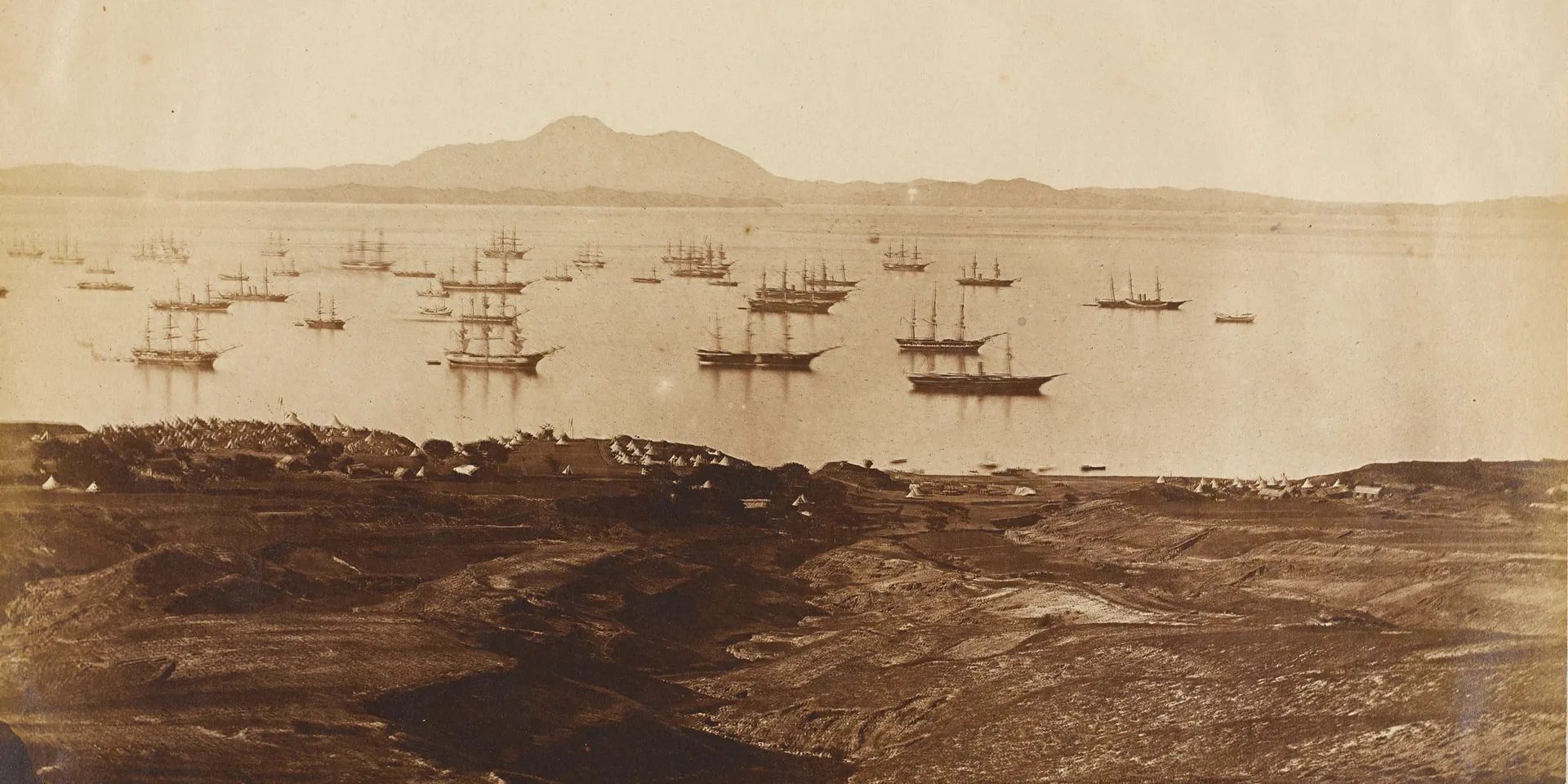
Part of the British fleet anchored at Talien-Wan (Dalian) Bay, 1860
Expeditionary force
Undeterred, an expeditionary force of 11,000 British and Indian soldiers, led by General Sir James Hope Grant, was despatched. This was reinforced by 6,000 French troops, commanded by General Charles Cousin-Montauban. Elgin again accompanied the force, which also consisted of 173 ships.
On 1 August 1860, the Anglo-French landed at Peitang (Beitang), a couple of miles north of the Taku Forts. After defeating a small Chinese force, they captured some of the fortifications on the approaches to Taku. Then, on 21 August, Major-General Sir Robert Napier led his division, reinforced by a French contingent, against the North Fort.
North Fort
At first, the Chinese defenders put up a strong fight. But their lances, crossbows, and outdated muskets and cannon were no match for Anglo-French firepower. For the loss of 17 dead and 184 wounded, the North Fort’s walls were successfully breached and the garrison surrendered.
The remaining fort and defences later surrendered without further resistance. The Chinese suffered terribly, not only from the ferocity of the Anglo-French attack, but also because in their chaotic retreat from the forts they fell victim to their own defensive spiked ditches.
Negotiators taken
The Anglo-French quickly advanced, taking Tientsin on 23 August 1860, before continuing up the Peiho River. Once again, the Chinese tried to halt them by initiating negotiations, probably hoping that the onset of winter would end their drive towards the capital.
However, the negotiations ended abruptly on 18 September. Believing that the British had kidnapped Tientsin’s prefect, the Chinese seized the British negotiating team, which included the consul Harry Parkes, and its military escort. Several of the party died in captivity after being subjected to interrogation and torture.
Battle of Palikao
Meanwhile, the Anglo-French forces continued their advance, defeating a large Chinese cavalry force under Sengge Rinchen on 18 September at Chang-kia-wan (Zhangjiawan). They then marched to the outskirts of Beijing, where a decisive battle took place at Palikao (Balikao).
On 21 September, around 10,000 Chinese troops were easily defeated after launching brave, but foolhardy, frontal charges against the concentrated firepower of the Anglo-French. British losses were only two dead and 17 wounded.
‘Low as is the standard of morals… in China, we should, in my opinion, have still lowered it further if we had not treated the act in question [the prisoners’ deaths] as a high crime calling for severe retribution.’Lord Elgin justifying the destruction of the Summer Palace — 1860
Burning of the Summer Palace
On 6 October 1860, British and French forces looted Emperor Xianfeng's Summer Palace on the outskirts of the capital. This was a complex of beautiful buildings and gardens at which emperors of the Qing dynasty handled affairs of state. The soldiers helped themselves to porcelain, silks and ancient books, or simply destroyed what they couldn’t remove.
Twelve days later, in retribution for the torture and killing of prisoners, most of the palace was burned to the ground. As well as punishing the Chinese, Elgin argued that this act would force them to negotiate seriously. To reinforce his point, the Anglo-French positioned gun batteries in preparation for a bombardment of Beijing.
On 13 October, the Chinese surrendered and the city gates were opened to the allies. The Emperor fled the capital, leaving his brother, Prince Gong, to take charge of peace negotiations.
Convention of Peking
The subsequent Convention of Peking (1860) brought an official end to hostilities. It confirmed the terms of the earlier Treaty of Tientsin, but extended Western influence in China.
The Chinese ceded the Kowloon Peninsula to the British, giving them a foothold on the mainland opposite Hong Kong Island. China's defeat also opened the whole country to British traders and exempted most foreign imports from internal transit duties.
Recognition
The Anglo-French forces left Beijing in November 1860. The British subsequently issued the Second China War Medal to European and Indian soldiers who had served during the conflict.
This campaign medal included the following clasps: ‘China 1842’ (awarded to those who had also served during the First China War), ‘Fatshan 1857’, ‘Canton 1857’, ‘Taku Forts 1858’, ‘Taku Forts 1860’ and ‘Peking 1860’.

